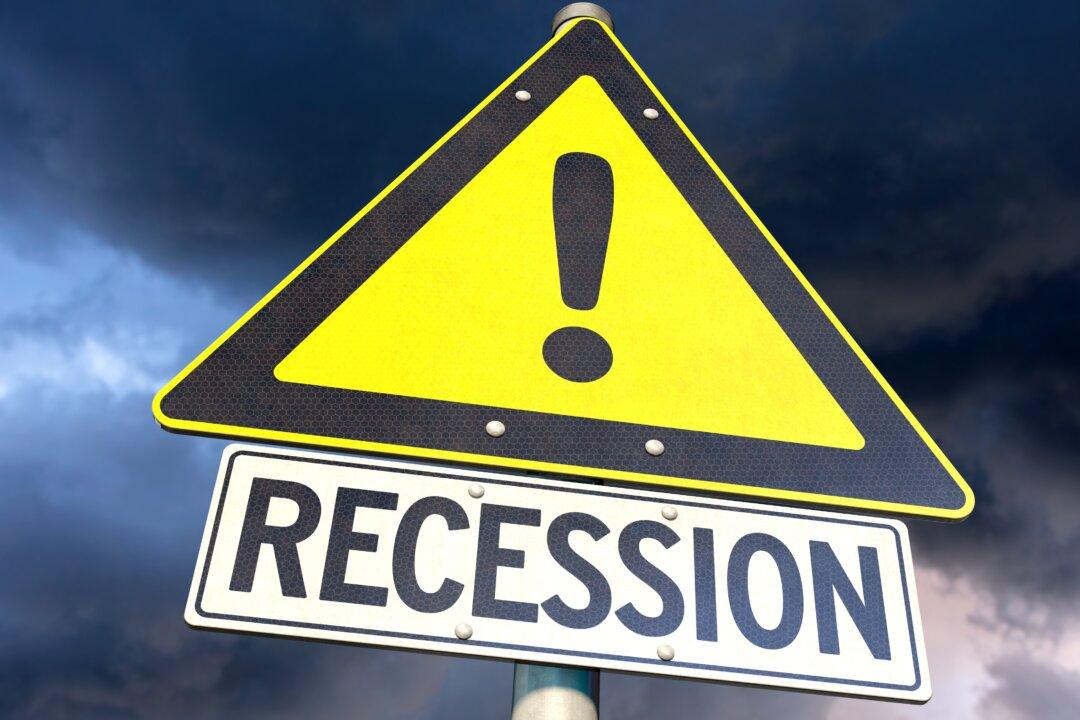Commentary
It was barely a month ago when OPEC+, the group of major oil-exporting nations, had announced a small increase in production. The world economy was suffering under extreme oil price pressure. President Joe Biden traveled to Saudi Arabia, one of OPEC’s largest producing members, to personally deliver his plea for relief on behalf of pretty much everyone. All he extracted from the Saudis was a measly increase of 100,000 barrel per day (bpd).





